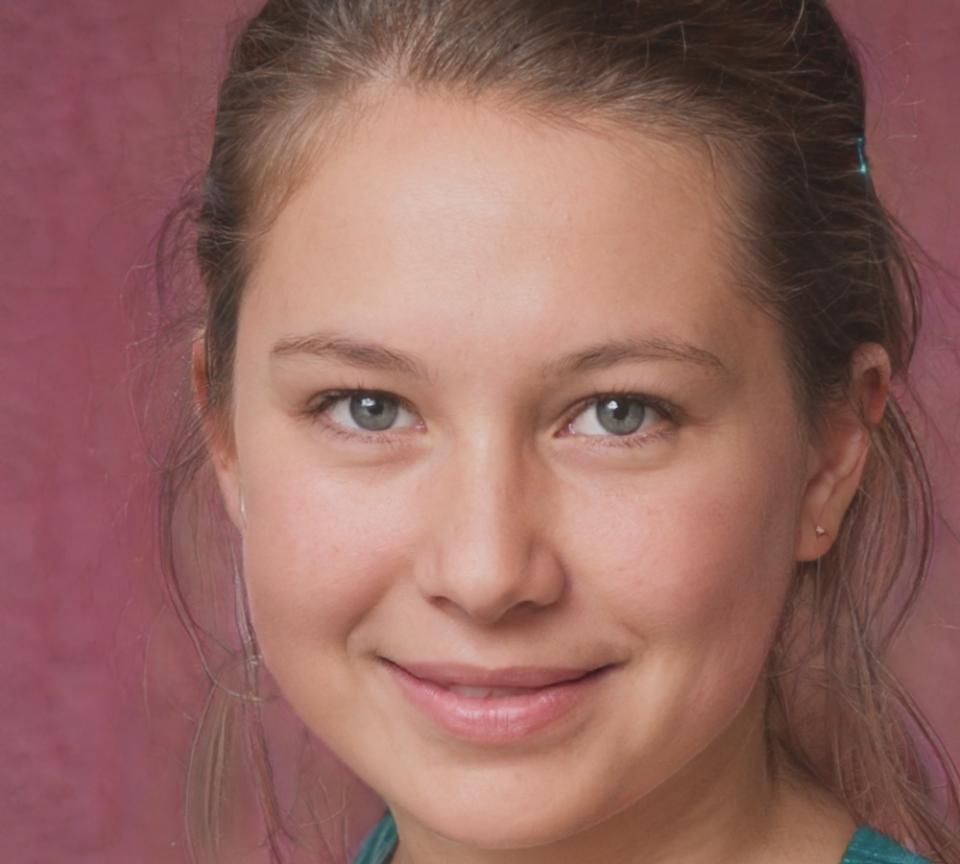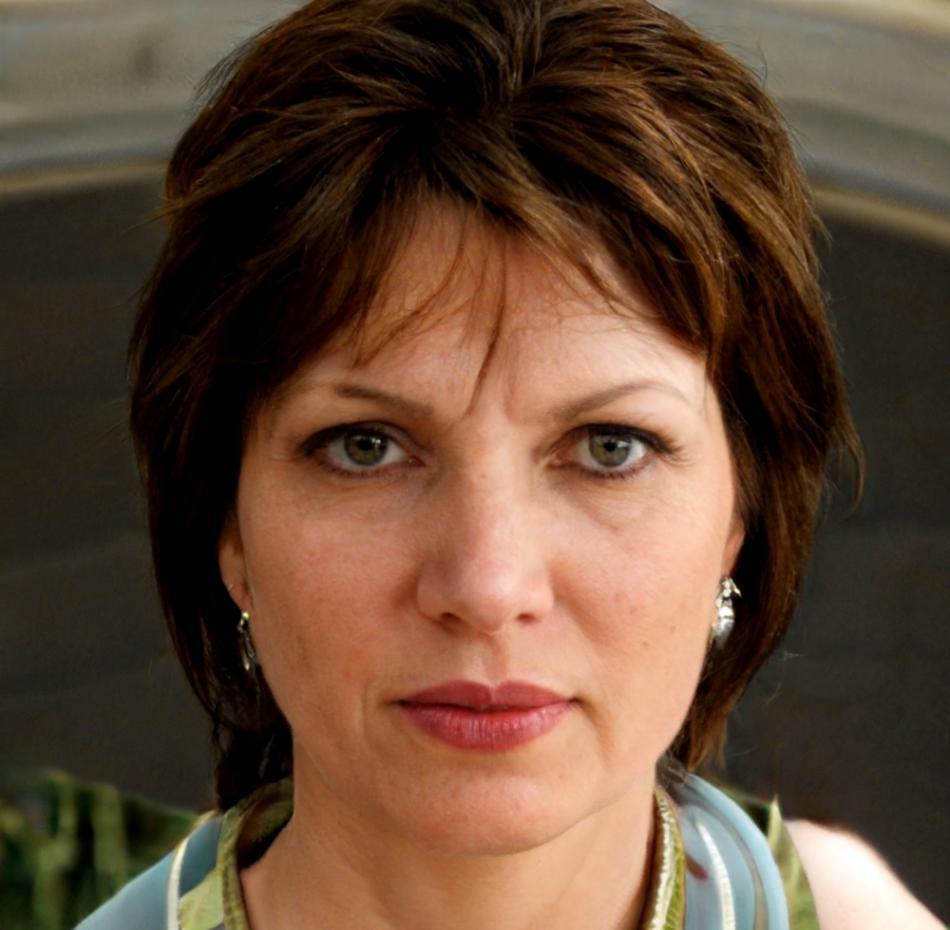Build Better Money Habits Starting Today
Managing a surplus isn't just about numbers. It's about creating patterns that stick. We've spent years watching what actually works for everyday Australians who want their money to work smarter.
These aren't textbook theories. They're real strategies from people who've turned budget chaos into calm financial confidence.

Six Practical Approaches That Actually Stick
Everything connects back to one core idea: consistency beats complexity. Here's what we've learned from families and professionals managing their surplus across Australia.
Consistent Action
Track Without Obsessing
Check your accounts twice weekly. Not daily. You'll spot patterns without the anxiety spiral that comes from constant monitoring.
Automate the Boring Bits
Set transfers the day after payday. When money moves automatically, you can't accidentally spend what's already allocated.
Name Your Money
Give each account a purpose. "Holiday Fund" beats "Savings 2" every time. You're less likely to raid an account with personality.
Review on Your Schedule
Monthly check-ins work for some. Others prefer quarterly. Find the rhythm that keeps you informed without feeling like homework.
Celebrate Small Wins
Hit your savings target three months running? Acknowledge it. Positive reinforcement actually changes behaviour over time.
Adjust Without Guilt
Life changes. Your surplus strategy should too. Rigid plans break. Flexible ones bend and keep working.

Strategies We've Seen Work
The 50/30/20 Reset
You've probably heard this one. But here's the twist: adjust the percentages. Living in Sydney costs different than Hobart. Your ratios should reflect your reality, not a magazine article.
The Three-Account System
One for essentials. One for wants. One for future you. Simple separation stops the mental accounting gymnastics that leave you confused about where you actually stand.
The Reverse Budget
Save first, spend what's left. Sounds backwards until you try it for three months. Then it becomes obvious why it works better than traditional budgeting.
The Annual Projection
Map out known expenses for the year ahead. Car registration. Insurance renewals. Birthday gifts. When you see the whole picture, monthly surprises become rare.
Who Shapes Our Approach

Maeve Dunleavy
Budget StrategyTwenty years helping Australian families understand where their money goes and how to redirect it with less effort.

Siobhan Kerrigan
Behavioural FinanceStudies how people actually make money decisions versus how we think we should. The gap is usually revealing.

Rhiannon Forsyth
Surplus AllocationWorks with clients who've moved from paycheck-to-paycheck to having choices. Specializes in the messy middle phase.
Ready to Build Your System?
We run workshops starting September 2025 that walk through these concepts in detail. Small groups, real scenarios, practical exercises.
Get the Full Picture
Our learning program covers everything from basic tracking to advanced surplus strategies. Self-paced modules with optional group sessions.
Work With Our Team
Sometimes you need someone to look at your specific situation. We offer one-on-one sessions that focus on your actual numbers and goals.